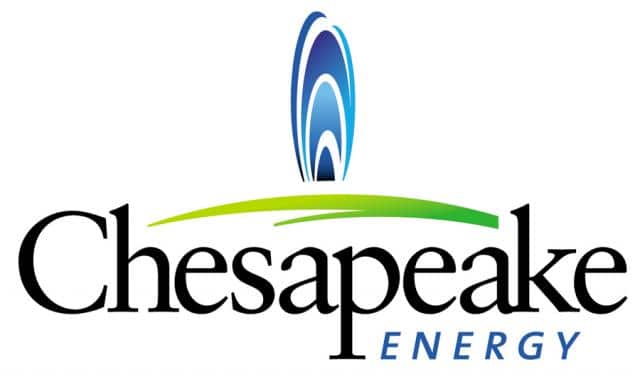A potentially dangerous oil well blowout at a Chesapeake Energy site in Wymoing caused at least 60 and perhaps 70 residents to evacuate within 5 miles of the disaster for several days until it was contained earlier today. Chesapeake Energy (NYSE: CHK) was drilling the well in the Niobrara Shale region underlying parts of Wyoming, Colorada and Nebraska.
“Potentially explosive methane gas roared from the ground at the site five miles northeast of the town of Douglas,” the AP reported.
Residents reported hearing the roar of escaping gas six miles away.
The blowout occurred Tuesday afternoon at Chesapeake’s Combs Ranch Unit well site. However, workers were unable to plug the well with drilling mud until today due to shifting winds that made the site too dangerous to attempt the now infamous “Top Kill” technique. Halliburton subsidiary Boots & Coots workers were able to shove enough mud and other materials into the well to finally stop the methane gas leaking out of the well today.
Chesapeake had to resort to the “Top Kill” technique last year at a Pennsylvania gas fracking well blowout. In that case, Chesapeake used a junk shot of “a mix of plastic, ground up tires and heavy mud to plug the well.”
The Wyoming incident occured following completion of horizontal drilling, a precursor to the hydraulic fracturing (fracking) of the well, which would’ve occured in the coming weeks, according to local press accounts.
Once again, the failure appears tied to a faulty casing job. The Douglas Budget reports that, “the horizontal part of the drilling had been completed. The drillers pulled out the bit and were going to run the casing into the horizontal leg of the well.”
That’s when the blowout occurred, apparently.
Tom Doll, a Wyoming State Oil and Gas supervisor, told local press that the state had no idea how much methane gas had spewed into the air following the blowout, and would rely on Chesapeake to supply an answer.
“It’s bad for the air quality, there’s no doubt,” Doll said. “But we have no idea yet an estimate of how much gas is being released. We’re expecting Chesapeake to be estimating that.”
Anybody see anything potentially wrong with relying on the company responsible for a disaster to estimate the amount of pollution released from it? I’m sure the company will be perfectly honest and transparent about this, right?
The well blowout is another headache for beleaguered Chesapeake CEO Aubrey McClendon, who hasn’t had the best month in the press, nor has his company.
Subscribe to our newsletter
Stay up to date with DeSmog news and alerts






